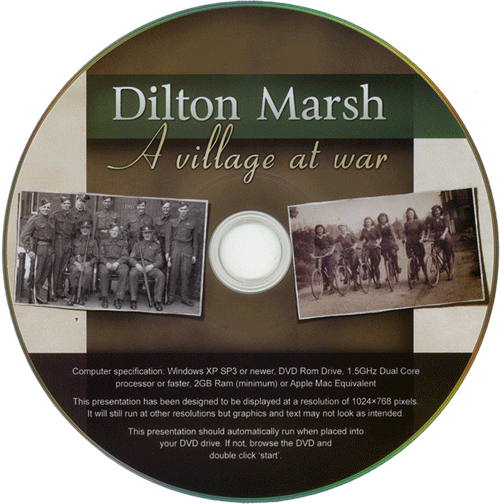

The “A Village at War “ CDs
The “A Village at War “ CDs are now available from Graham Noble and are free of charge. This of course will be on a first come first served basis.
I am available on g.rc.noble at btintetrnet.com and phone contact is 01373 858561.
CDs will also be available at our next talk.
Black Americans and their time-line in the war
An explanation of how they were formed, how they got here and where they went afterward.
Picking up a number of key WW2 elements from the American Army History report, copied at the end of this document:
1) Active Service Life.
a) Activated: 5th August 1943, as an African American unit of 3 officers and 222 enlisted soldiers
b) Trained for full combat duties in USA until February 1944
c) Travelled to UK into the port of Glasgow and then travelled to Westbury where they were to be based, arriving in UK on 11th March.
d) Worked in supply movements until reposted to mainland Europe
e) October 1944, posted to France and then to Maastricht
f) 1945 moved to into Belgium and then into Germany
g) Multiple roles in Germany before and after the end of the war.
h) January 1946, returned to USA from Belgium
i) Unit inactivated on the 22nd January 1946
j) Reactivated as an Army Reserve Unit in 1947; inactivated 1950
k) Reactivated as an Army Reserve unit 1997 and called into active service 2003
l) Now based in Sioux City, Iowa
2) Period in Westbury/Dilton Marsh.
a) “Faced with certain challenges”!!
b) Officers billeted in a private home and enlisted men stayed in barracks.
c) Anecdotal evidence:
i) suggests that the enlisted men were based in tents (white men were based in Nissan hut barracks); slight difference from one local who thinks black Americans stayed at the old TA buildings in Westbury.
ii) that Courtleigh House in Westbury Leigh was one of the billets for officers
iii) also suggests that the troops from 960th were not liked particularly by their white Army colleagues to the extent that they were given separate recreational halls and that black Americans were moved to Westbury.
3) Difficult times for the men of the 960th.
a) 960th seem to have been moved around the area quite frequently, as there are various locations stated by records and local people. This may have been more to do with the relations between the black and white Amercians than any operational need.
b) After apparently being moved from Boyce Terrace to centre of Westbury (alternative view was they were moved from the Quartermaster Depot(W Wilts Trading Estate) there was a fight between 2 men of 960th. The newspaper report is as follows
On the evening of June 17, 1944 soldiers of the 960th were drinking beer in the recreational hall (old TA building). Private Pygate of Dillon Sth Carolina, came in late just as the bas had closed. Annoyed at not being able to get a drink, he stormed off to his barrack hut where a noisy argument broke out in which Pt J E Alexander (not the bartender) was fatlly stabbed in the throat.
Pygate was arraigned before a General Court-Martial at Tidworth on July 15 at which he was found guilty of murder and setntanced to be shot……..
…This was duly carried out in the courtyard of Shepton Mallet prison on November 28, 1944.
The full report is available but needs scanning.
c) While continual tension with white American counterparts caused friction and real difficulty, throughout they seem to have been praised and commended by the various commanders they have worked for.
d) Some black American soldiers seem to have been given very basic (tented) accommodation. This cannot have been good for their morale, however they seem to have weathered the issue. Note that newspaper report suggests that they were actually housed in huts to the back of the TA Drill Hall.
e) Once in mainland Europe, instead of going to the front line either as support or in action they were given the task, for many months, of grave digging, a large part of the time in frozen ground, which was both demeaning and traumatic. They again were praised for their efforts.
Some other Americans and their home locations
Logistics development by American troops.
There are a set of photos that have recently been provided that have a significant number of white soldiers in. They were apparently based at Upton Scudamore and were part of the 333rd Engineers, an American team who were given the job of setting up a number of transit and logistics centres in the SW of England.
They were brought into the area at the end of 1943 to develop the infrastructure required as a part of the build up for D Day. They were instrumental in setting up the 47th Logistics Centre in Westbury which is now the West Wilts Trading Estate. All the roads and a good deal of the structures they put up are still in use today.
They were also responsible for the erection of a large proportion of the temporary accommodation used by the troops in the time they were in the area.
